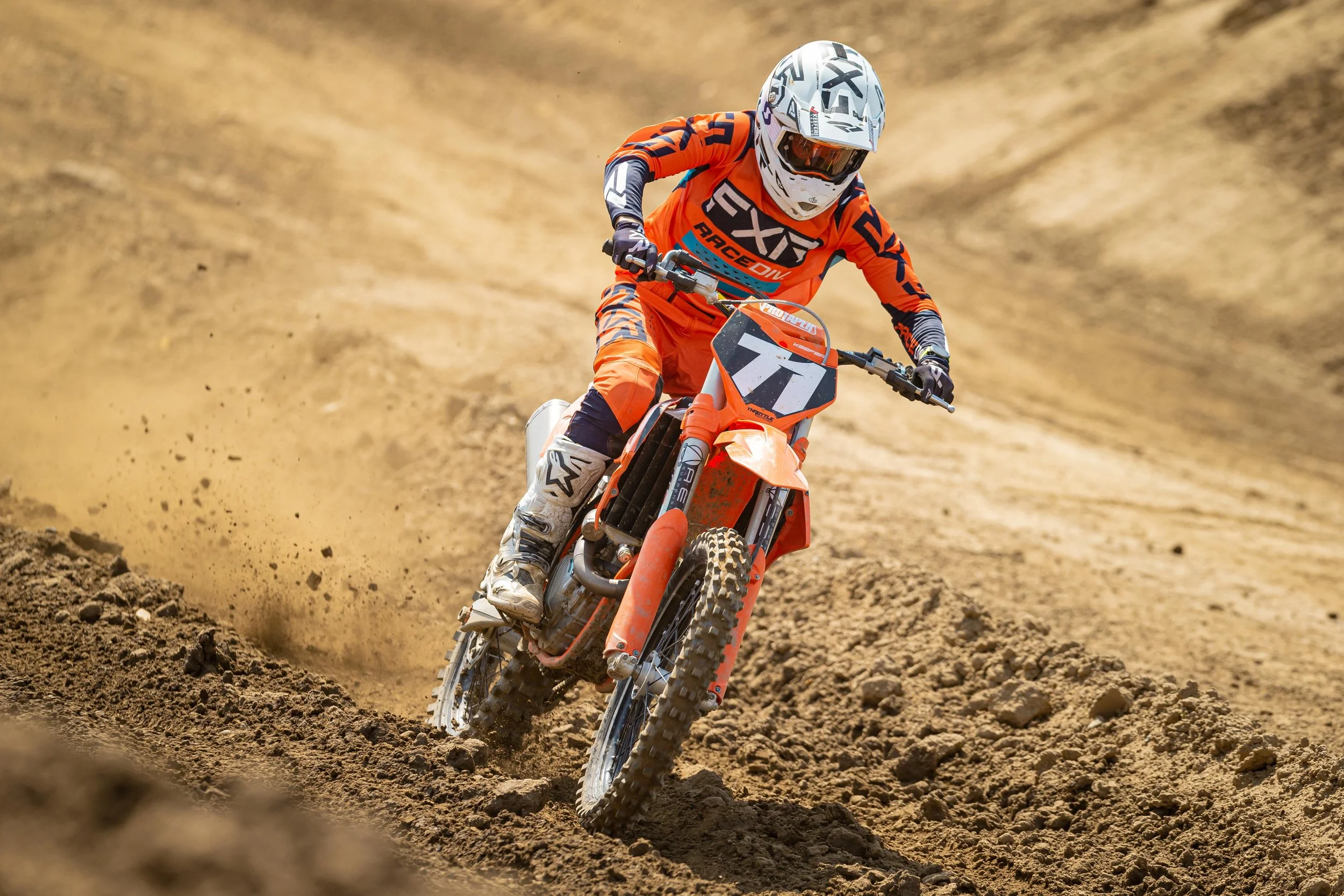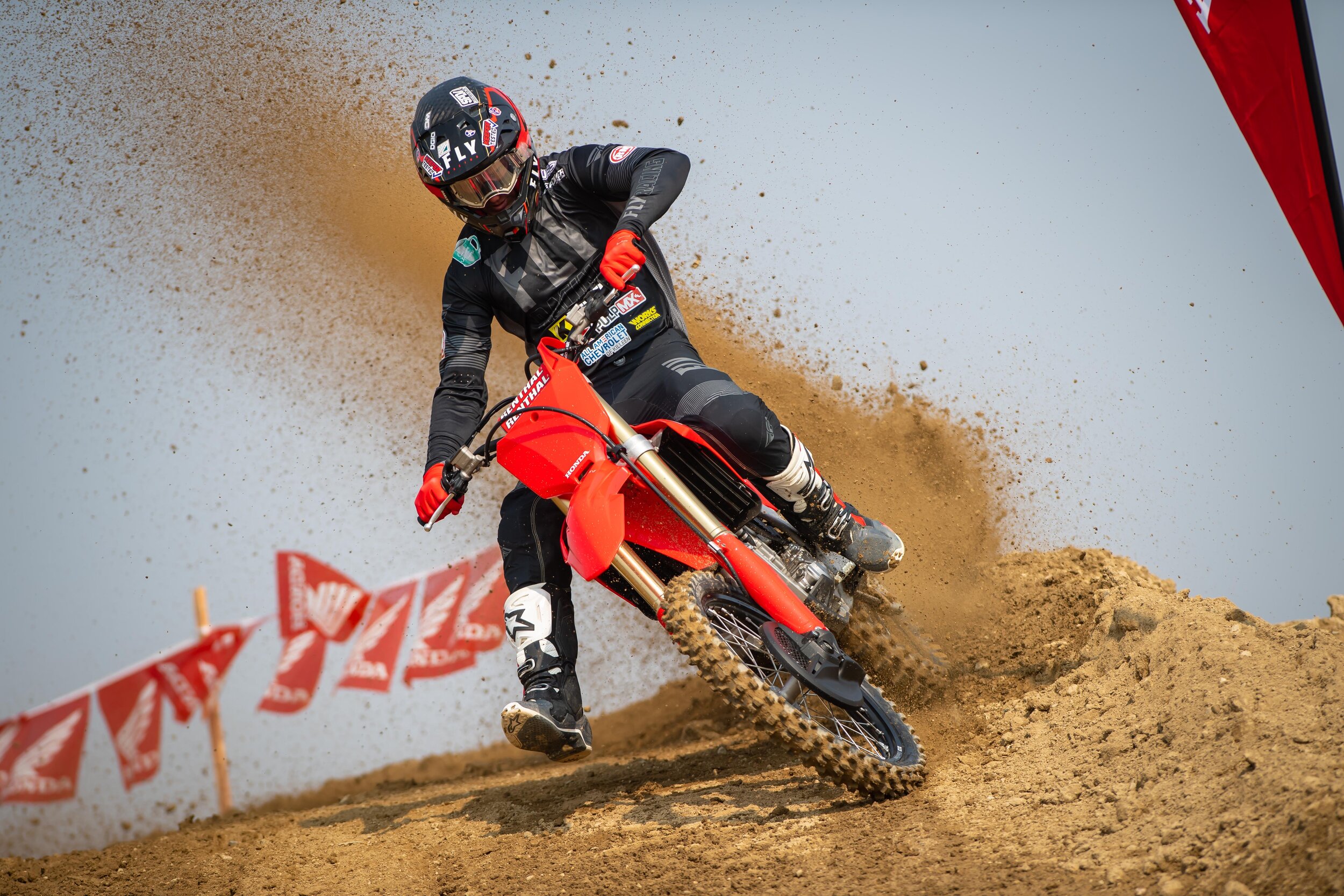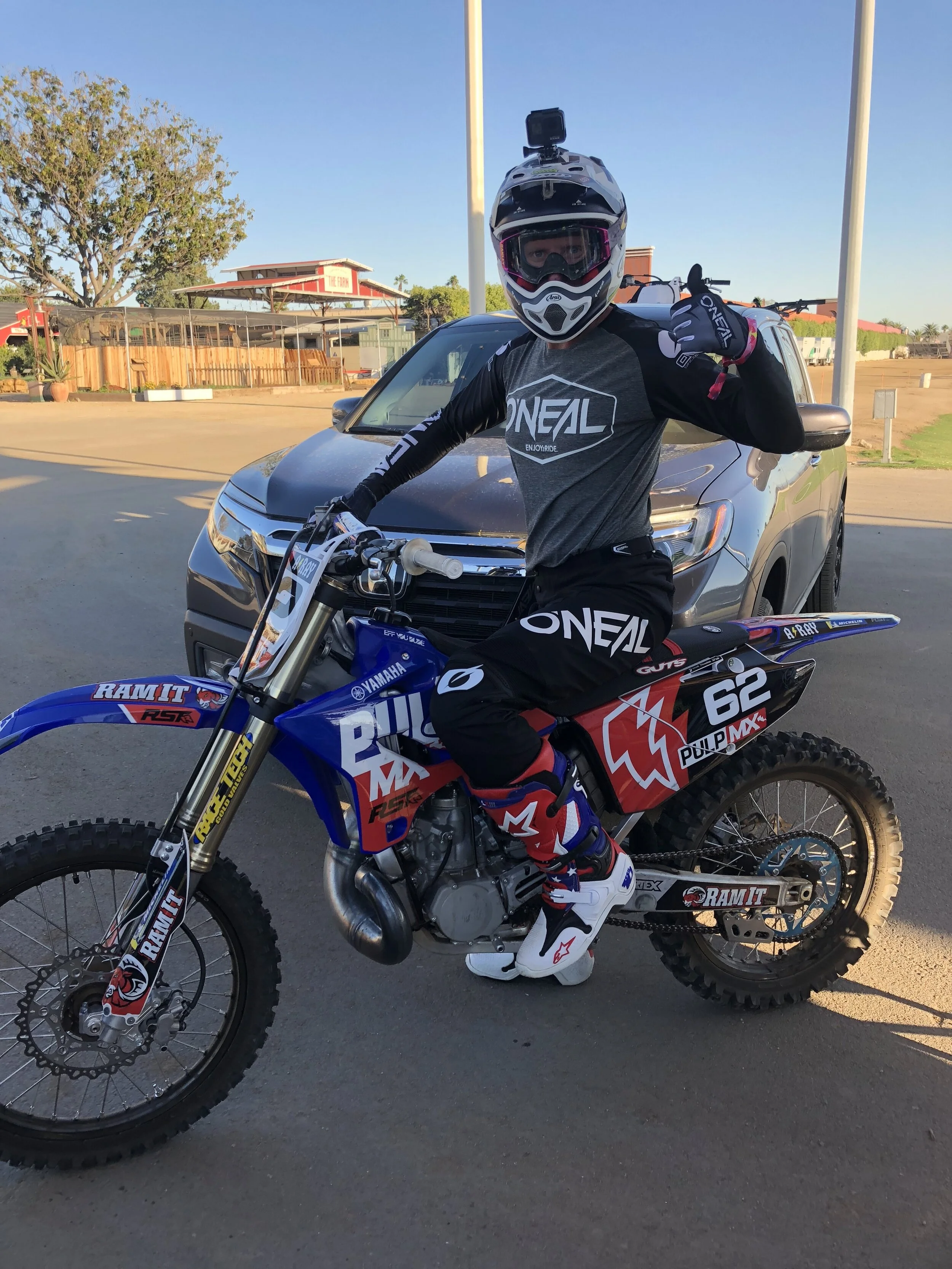Written By: Aden Keefer
Scott and 100% are a couple big name goggle brands that sell like hot cakes. Scott has just released their brand new amplifier goggle/goggle lens, as the name states, it has new Amplifier technology in the lens. The new Amplifier lens is injection molded to provide improved definition and optical clarity, allowing you to see contours and transitions in the dirt like never before. They have also provided us sweaty boys and girls with a no-sweat face foam, they have also provided us with the Scott lens lock system, with articulating outriggers.
I have been wearing 100% for over two years now and I have come accustomed to the fit as well as the HiPER lens system they use. I have had issues with sweat falling off from the top layer of the foam and going into the lens in longer/hot motos. However, I do love how wide the Armega goggles are so I can see what's next to me and in front of me very easily. The past few weeks, my dad has tasked me with the job of comparing the Armega/HiPER and Prospect Amplifier goggles a little to help me with my testing/writing. I have done motos in both, crashed in both, sweated in both, you name it, I’ve probably done it all. The two main features that I love about the Prospect Amplifier goggle lens is how bright shadows and deep ruts can be for me. I wore the goggles on a cloudy day and oh my lord did it make a huge difference, it really brightened the dark State Fair MX dirt up and made it seem like it was sunny and 75 in Perris, CA. I also like Scott’s no sweat face foam that they have provided as it helped with my teenage pores as they rained down upon me. Although the Prospect foam was wet after a long moto, it didn’t leak down into the inside of the goggle. Every time I am in the middle of the moto I sometimes can have a problem with sweat falling into my goggles with the Armega’s, but with the new Scott Prospect Amplifier goggle I haven’t had that problem yet. One downfall of the Prospect goggle is that it feels like the goggle doesn't fit snug up against/secure around my face. The 100% Armega goggles feel like it's nice and secured around my face and allow me to feel like there will be no dirt coming into my goggle for a visit. Although I didn’t get any dirt inside the Prospect frame, I just felt like it didn’t fit my nose area as good as the Armega. Maybe I am cursed with my dad’s nose? Who knows! The Armega HiPER lens although clear just doesn’t pop those shadows as much as the Scott lens did for me. I do notice that both lenses scratch easy if you don’t take care of them as well. Make sure to only wipe the lens with the goggle cloth bag each comes with.
So after a few weeks of wearing the Scott Prospect goggle, I got to say I'm impressed with them. The new Amplifier lens helps brighten up some of the imperfections of our Southern California dirt. They works so good that when I went back to a regular clear lens, I wanted to switch back to the Amplifier lens because of how much brighter they made the track seem. The Armega goggles with HiPER lens does gie me a ton of clarity, but to me the Prospect just has a little more brightness to them on darker dirt. I will say that the injected molded HiPER lens of the Armega does give me the same amount of clarity, just not the pop that I get with the Amplifier.
If I had to choose what goggle to go with it would be hard not to pick either of the two as both the 100% Armega goggle or the Scott Prospect Amplifier goggle have its strong points. I guess this is what you call waffling in the Pulp MX Show world, but to me it would depend on the fit. I do think I am going to stick with the Armega goggles for the simple fact that they fit my face a little better at this time. If Scott made the nose area a little less wide and also provided a fit that was slightly up more on my nose rather than down on it, I would pick the Prospect in a second. I do feel like you can see more (side to side) with the Armega goggle, compared to the Scott prospect goggle, but the Sweat absorption and clarity have to go to the Prospect.
However, being that I am not sponsored by any one of these companies yet, I might just wear them both to prove to my dad how much I like each of these companies’ products. My dad always said that you don’t have to wear just one company until you sign a contract. Well… I don’t have one of those so I might just wear both.
As a side project, my dad let me try his Oakley Airbrake’s that he chooses to wear and I just didn’t feel like those provided as good of fit or as good of sweat absorption as the Prospect.
If you’re a young rider like me and want a good product but also would love some racing support, 100% and Scott are probably the two best ones in my opinion to try and strove for. They seem to have the best goggle guys in the business as well as the most support for amateur motocross. For example, Scott sponsors amateur riders such as Chance Hymas, Evan Ferry and also the Pro Circuit Kawasaki team as well as the factory Husqvarna team. 100% sponsors the Lawrence brothers, what used to be the Geico Honda team and Star Racing Yamaha. So, if you're looking for a solid goggle and maybe a company that will give you support, these two companies would be the move.
Breaking Down The Important Aspects, Who Wins:
Fit: 100%
Clarity: Scott
Peripheral Vision: 100%
Sweat Absorption: Scott
Ventilation: Tie
Less Fogging Problems: Scott
Foam Feel Comfort: 100%
Ease Of Lens Change: 100%
Price: Scott Prospect/Amplifier $124.00
Price: 100% Armega/HiPER $100.00









